5 Tools and Tips for Building Sentence Comprehension
September 17, 2024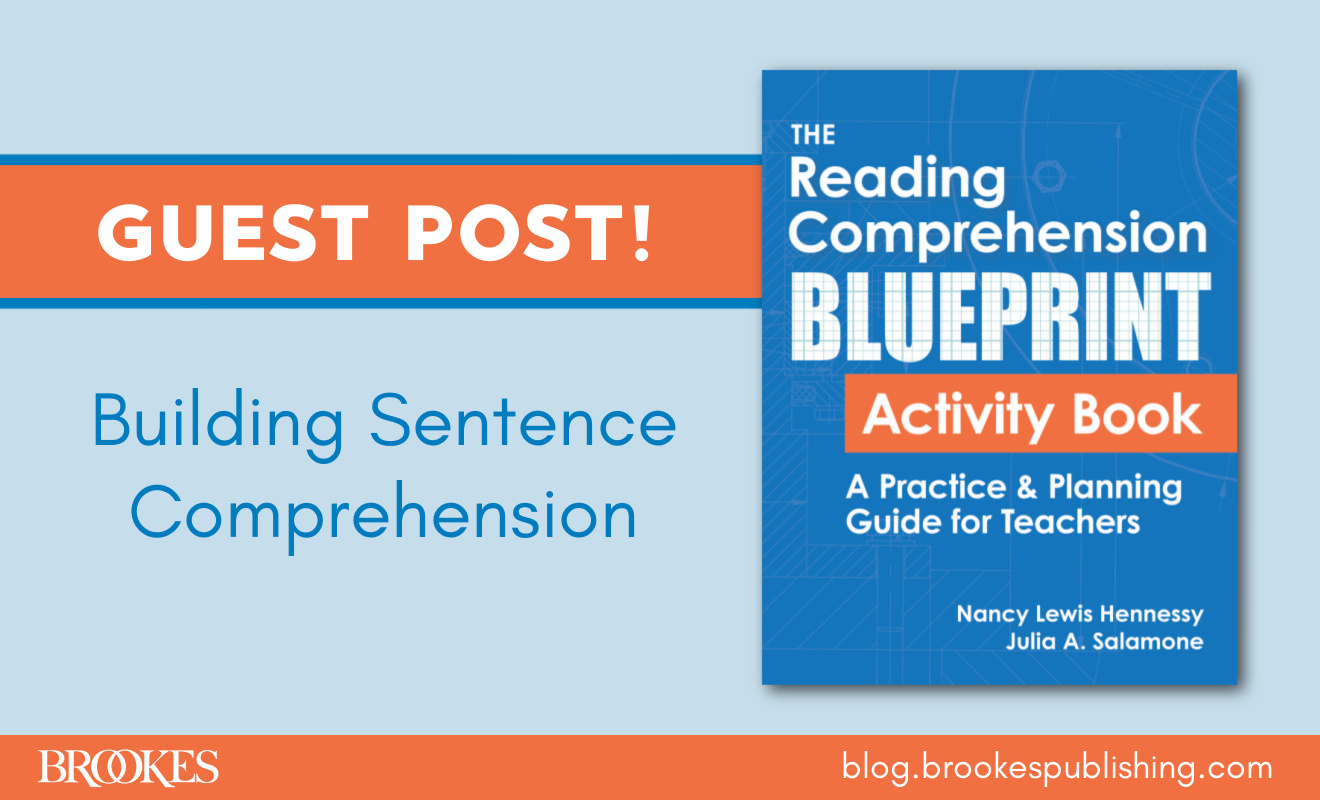
*Today’s guest post is by Nancy Hennessy & Julia Salamone, authors of The Reading Comprehension Blueprint Activity Book.
Sentences have been described as the “worker bees” that eventually add up to the “gist of the text” (Scott, 2004). Despite sentence comprehension playing a critical role in understanding text, it has been largely overlooked instructionally. While it’s traditional to teach the labels and description for the building blocks of the sentence (parts of speech, phrases, and clauses), how often do we focus on how they convey meaning?
An understanding of the structure of the sentence, coupled with meaning-based questions, are the key to comprehending the varied sentences students encounter in text. Knowledge of sentence structure and how the building blocks contribute to meaning must be explicitly taught and practiced within the context of sentences—from the students’ read-alouds and from more advanced texts. In this blog post, we’ll give you some tools and tips for helping your students understand how parts of speech, phrases, and clauses function within a sentence to build meaning.
Questioning: Parts of Speech
Sentence parsing helps your students understand the function of words, phrases, and clauses by deconstructing sentences. Students should be taught to parse less complex structures first, and then more complicated ones.
The chart below connects parts of speech with their jobs within a sentence. Use this tool to explicitly teach students how to parse sentences from their texts and which words answer which questions. This foundational knowledge will help your students understand how words convey meaning within sentences.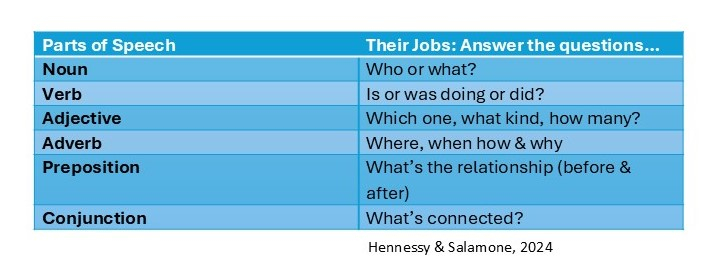 You can develop student understanding initially through oral language interactions, making this activity ideal for even young learners. Consider the sentence, “On the first day of school, Chrysanthemum wore her sunniest dress and her brightest smile” from the beloved children’s book Chrysanthemum by Kevin Henkes. Craft a series of questions that highlight the function of the parts of speech, and then model and review responses with the class. Questions for this sentence might include:
You can develop student understanding initially through oral language interactions, making this activity ideal for even young learners. Consider the sentence, “On the first day of school, Chrysanthemum wore her sunniest dress and her brightest smile” from the beloved children’s book Chrysanthemum by Kevin Henkes. Craft a series of questions that highlight the function of the parts of speech, and then model and review responses with the class. Questions for this sentence might include:
- Which word answers who/whom? Chrysanthemum
- Which word tells what she did? wore
- Which word(s) tell what she wore? dress and smile
- Which word tells what kind of dress? sunniest
- Which word tells what kind of smile? brightest
As students master this activity orally, it can be further developed into sorting activities for pairs of students or small groups.
Questioning: Phrases
Phrases are groups of words that work together and answer different questions. Your students can use their knowledge of parts of speech to understand the function of noun, verb, adjectival, and adverbial phrases. Consider this sentence from the short story The Jacket (Soto, 1986) and how these questions can support understanding of different types of phrases.
“The next day when I (Gary Soto) got home from school, I discovered draped on my bedpost a jacket the color of day-old guacamole.”
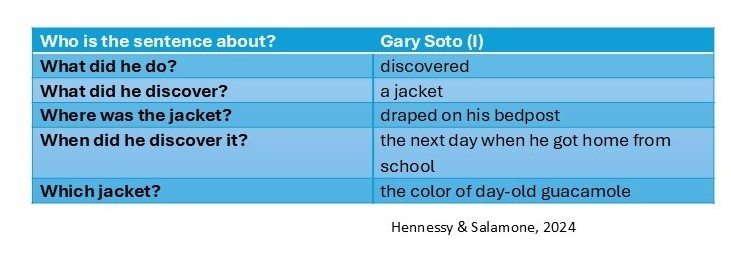 Note that function is initially stressed here. Labels (e.g., “noun phrase”) can be introduced following a focus on meaning.
Note that function is initially stressed here. Labels (e.g., “noun phrase”) can be introduced following a focus on meaning.
Sorting: Phrases & Clauses
Instructional activities that ask your students to sort phrases and clauses can also help them determine how these different phrase types contribute to meaning. Using texts that students are reading, the informed educator can prepare a set of cards that feature varied phrases.
For example, if reading The House on Mango Street by Sandra Cisneros, students could work to sort these structures into the categories of noun, verb, adjectival, adverbial, and prepositional phrases. Students would sort the phrase “by the window” under the heading prepositional phrase, while the structure “sad and red and crumbly” should be sorted under the adjectival column. As an additional scaffold, you could pair the phrase headings with the question words they answer. For example, noun phrases answer the questions who or what, while verb phrases answer the question is or was doing.
The following example highlights a sort of dependent and independent clauses using a high school selection about the New Deal from ReadWorks text. Your students can be tasked to sort the various clauses and explain their answers afterward.
 Activities like this also help students see how clauses work together to create complex syntactic structures. For example, the dependent clause, “before the end of Roosevelt’s first term” goes with the independent clause “the Supreme Court struck down critical parts of his keystone AAA and NRA agencies.” Once the sort is complete, as an additional challenge, you could ask students to match up the structures to form complex sentences.
Activities like this also help students see how clauses work together to create complex syntactic structures. For example, the dependent clause, “before the end of Roosevelt’s first term” goes with the independent clause “the Supreme Court struck down critical parts of his keystone AAA and NRA agencies.” Once the sort is complete, as an additional challenge, you could ask students to match up the structures to form complex sentences.
Sentences: Anagrams
Sentence anagrams are an effective instructional activity that help students build syntactic awareness and reading comprehension. They’re also fun and foster cooperation.
Write down sentences on cards, one word for each card. You can take sentences directly from key places in the text or create them yourself to focus on important facts or summary statements. Ask your students to put the sentences back together.
The sentences in this image are from Frederick by Leo Lionni and geared to students in the early elementary grades. (Activities like this one should follow instances of teacher modeling, and students should practice unscrambling less sophisticated structures before moving on to more complex ones.)
 These activities can also be adapted for your older learners. To scaffold this activity with lengthier, complex structures, sentences can be broken down into phrases and clauses to assist students with assembly. Once your students unscramble their assigned phrase or clause, they can work together to assemble the entire sentence. This fosters teamwork and communication as learners are encouraged to discuss their thinking and collaborate.
These activities can also be adapted for your older learners. To scaffold this activity with lengthier, complex structures, sentences can be broken down into phrases and clauses to assist students with assembly. Once your students unscramble their assigned phrase or clause, they can work together to assemble the entire sentence. This fosters teamwork and communication as learners are encouraged to discuss their thinking and collaborate.
Sentences: Expansion
Another excellent way to support student comprehension and writing skills is the sentence expansion strategy. Ask students to elaborate on a short “kernel sentence” using a series of question words (what, when, where, how, why). To design sentence expansion activities, select key idea units from the text and provide question words to prompt student thinking. You can initially introduce this activity as an oral exercise and progress to written responses.
The image below is from an elementary grade unit on weather and was used to scaffold the activity and help students build on the given kernel sentence. These activities can be adapted for older learners as well by providing opportunities to expand into more sophisticated structures and incorporating advanced vocabulary to suit their age and developmental level.

If you liked the strategies in today’s guest blog post, you’ll love the books: The Reading Comprehension Blueprint by Nancy Hennessy and The Reading Comprehension Blueprint Activity Book by Nancy Hennessy and Julia Salamone. Explore them at the links below, and see how they’ll help you improve comprehension for all learners!

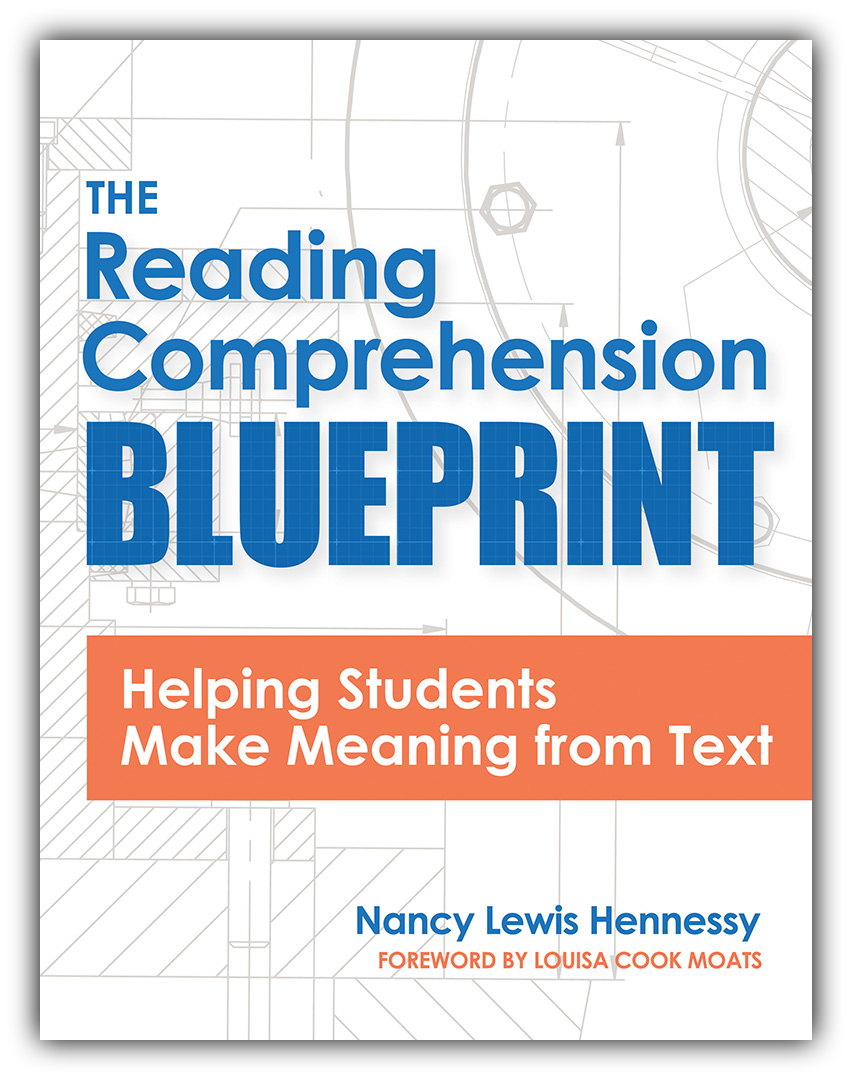
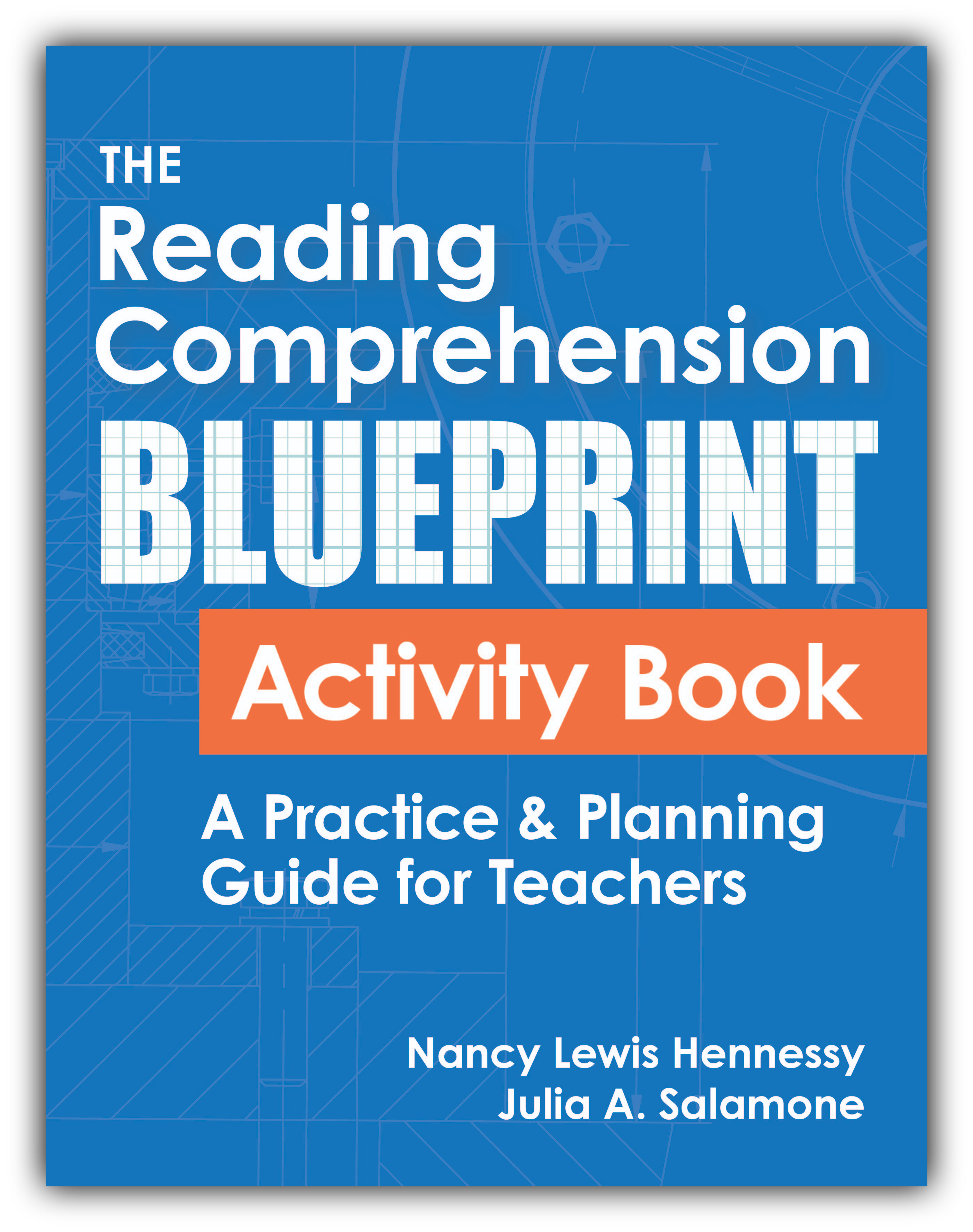
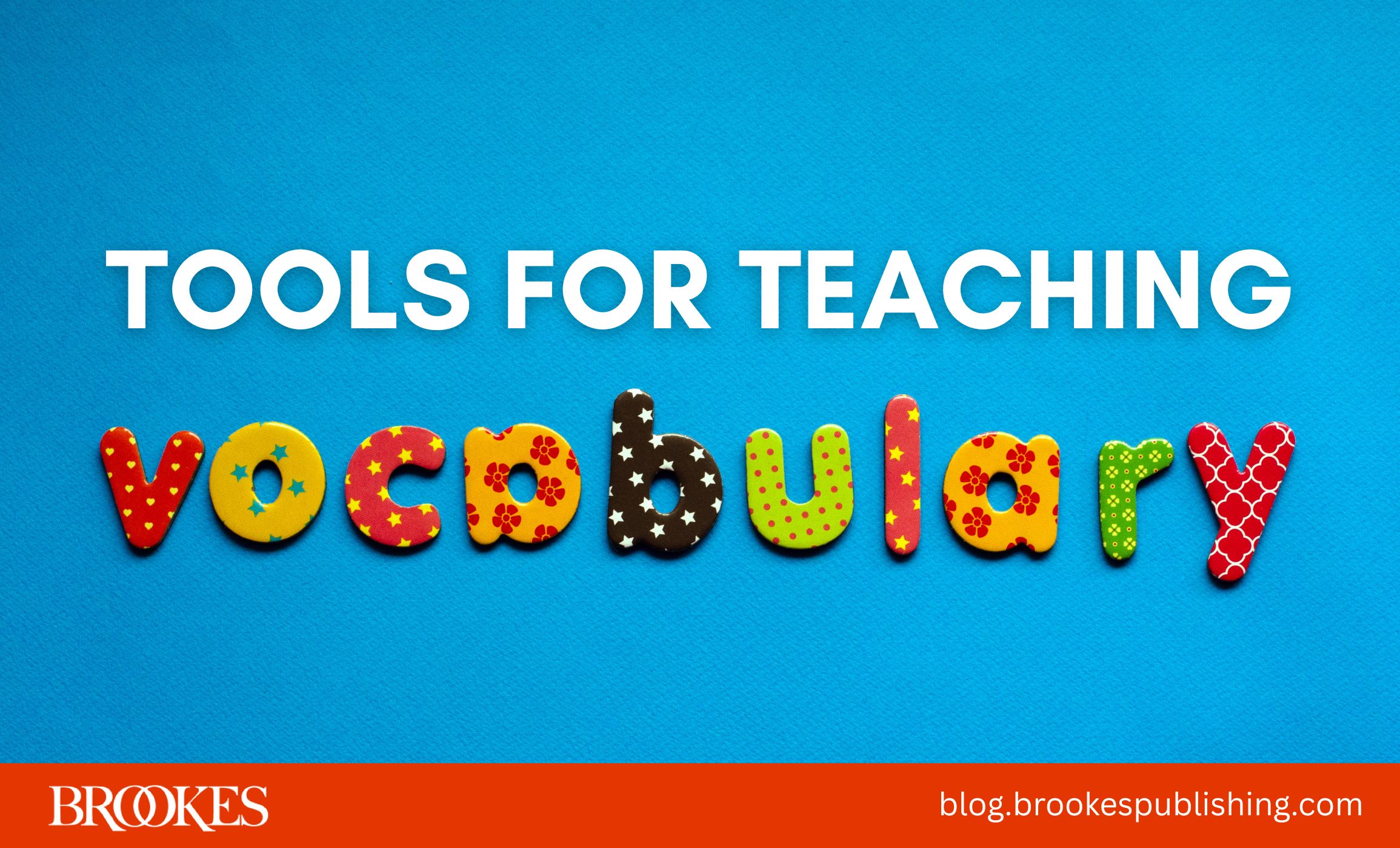

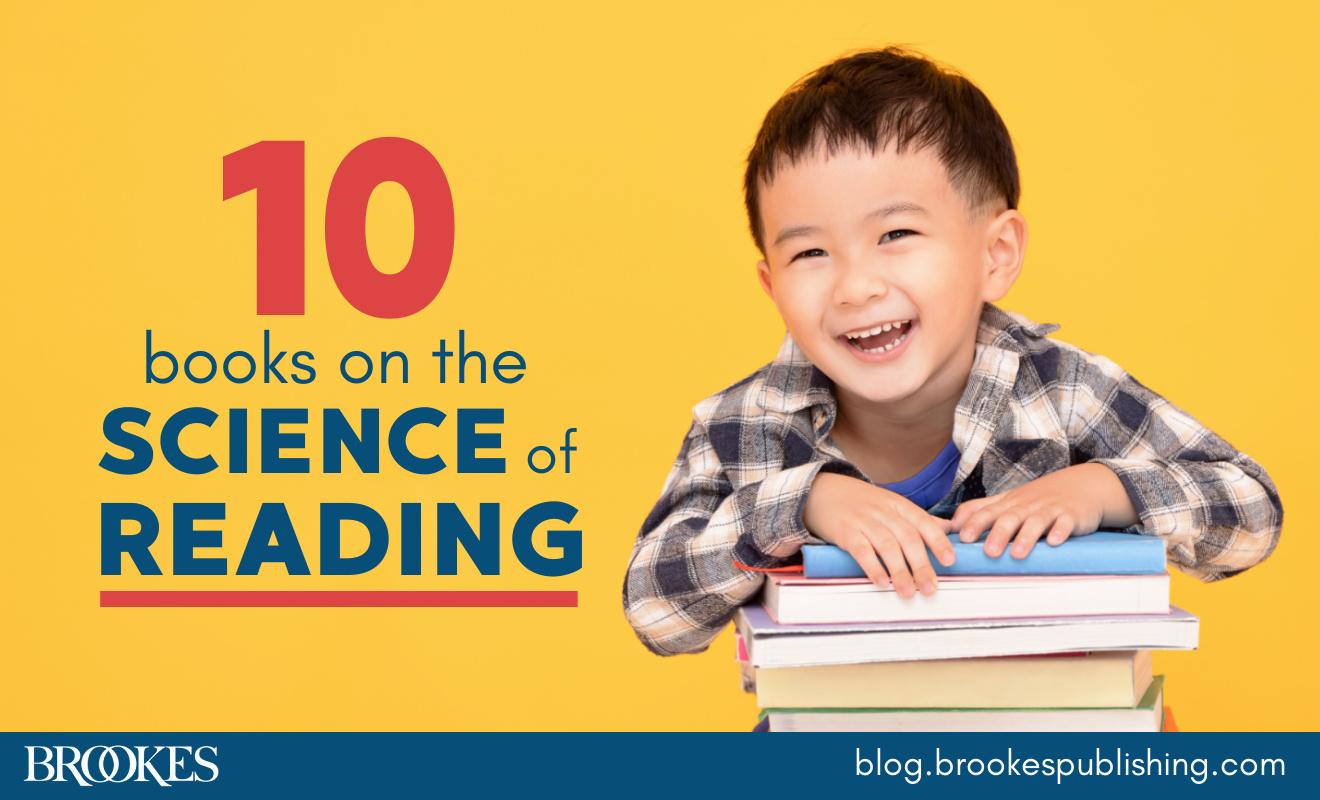
Write a Comment
Your email address will not be published. Required fields are marked *
Post a Comment